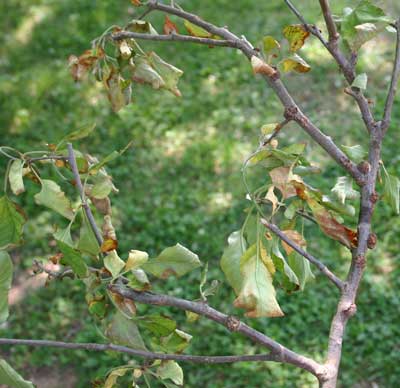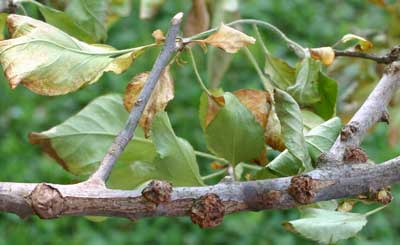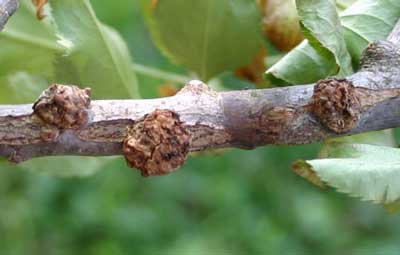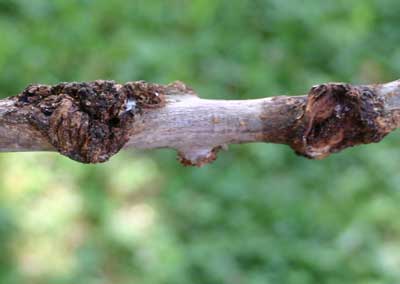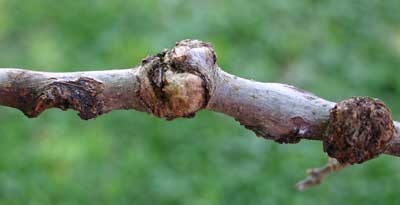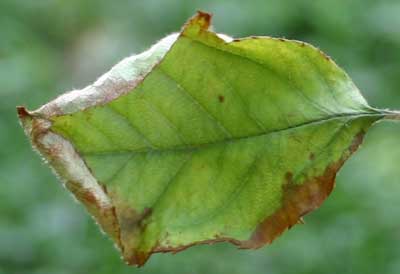Apple Problem
go.ncsu.edu/readext?175290
en Español / em Português
El inglés es el idioma de control de esta página. En la medida en que haya algún conflicto entre la traducción al inglés y la traducción, el inglés prevalece.
Al hacer clic en el enlace de traducción se activa un servicio de traducción gratuito para convertir la página al español. Al igual que con cualquier traducción por Internet, la conversión no es sensible al contexto y puede que no traduzca el texto en su significado original. NC State Extension no garantiza la exactitud del texto traducido. Por favor, tenga en cuenta que algunas aplicaciones y/o servicios pueden no funcionar como se espera cuando se traducen.
Português
Inglês é o idioma de controle desta página. Na medida que haja algum conflito entre o texto original em Inglês e a tradução, o Inglês prevalece.
Ao clicar no link de tradução, um serviço gratuito de tradução será ativado para converter a página para o Português. Como em qualquer tradução pela internet, a conversão não é sensivel ao contexto e pode não ocorrer a tradução para o significado orginal. O serviço de Extensão da Carolina do Norte (NC State Extension) não garante a exatidão do texto traduzido. Por favor, observe que algumas funções ou serviços podem não funcionar como esperado após a tradução.
English
English is the controlling language of this page. To the extent there is any conflict between the English text and the translation, English controls.
Clicking on the translation link activates a free translation service to convert the page to Spanish. As with any Internet translation, the conversion is not context-sensitive and may not translate the text to its original meaning. NC State Extension does not guarantee the accuracy of the translated text. Please note that some applications and/or services may not function as expected when translated.
Collapse ▲|
Photos by Debbie Roos, Agricultural Extension Agent.
May 2005Burr Knot Notes from Dr. Turner Sutton, NCSU Apple Specialist: The problem on the apples is “burr knot”. It’s where adventitious roots are trying to develop. A few apple varieties (especially early “June” apples) appear particularly prone to the development of the burr knots, as does some rootstocks such as MM111. No one knows exactly what causes it although it has been associated with wooly aphid feeding injury. There is no control. A product known as Gallex can be painted on burr knots and will result in at least some of them forming callus and “healing”. Often various organisms (i.e. dogwood borers) get in the burr knots predisposing the tree to secondary wood rot fungi that can girdle branches, or even the trunk, weakening the tree. This tree is not likely to be productive in the future and should be removed.
This page last updated January 8, 2011. |



